Whether you are a business looking to grow traffic, a digital marketer, or a content creator looking to monetize, this post is for you.
Digital marketing has its own language with a few acronyms that
you should be familiar with.
CPM (Cost Per Impression), CPC (Cost Per Click), and CPA (Cost Per Action) are used to assess the cost-effectiveness and
profitability of online advertising from the point of view of an advertiser.
PPM (Pay Per Impression), PPC (Pay Per Click), PPA (Pay Per Action / Sale / Lead) are the equivalent models of
internet marketing in which advertisers pay a fee each time one of
their ads is displayed, clicked, or drive a sale.
There are a few strategies to implement these models:
- Search
Engines
- Ads
Display Networks
- Affiliate
Marketing
- Influencer
Marketing
- Content
Marketing
PPM, PPC, PPA are essentially a way of buying traffic to a
business site rather than attempting to "earn" those visits
organically. As a publisher, blogger, content creator, or influencer, this
means you can earn money and monetize your content and audience reach by
sending traffic to the
advertiser you partner with through your channels.
A. FOR SELLERS, BRANDS, AND
ADVERTISERS
Cost Per Impression (CPM) cost
per thousand
The M stands for "thousand impressions." The M is the
Roman numeral abbreviation for 1,000, and CPM is short for cost per thousand
impressions.
An impression is
the display of an ad to a user while viewing a web page. Cost per impression is
the closest online advertising strategy to those offered in other media such as
television, radio, or print, which sell advertising based on estimated
viewership, listenership, or readership.
In this model, the advertiser is charged for the impression
regardless if the consumer sees it.
Unlike the other models, it is not a performance-based campaign
because there is no conversion involved. Therefore, the CPM is calculated based
on estimation.
Cost Per Click (CPC)
CPC is cost-per-click advertising. Cost Per Click refers to the
actual price advertisers pay for each click in their pay-per-click (PPC)
marketing campaigns.
Here the advertiser pays when a click is made on an ad or a
link. Some advertisers prefer to buy CPC versus CPM because they believe they
only pay when someone is interested enough in the message to want more
info.
Cost Per Action / Cost Per
Acquisition / or Cost Per Sale (CPA or CPS)
CPA is often cost-per-action, which means you pay for specific
actions taken by a user. For mobile apps, it can be registrations, and for
online retailers, it can be about purchasing a product.
Whether it's action, acquisition, or sale, however, the point is
that advertisers only pay if one of these actually happens.
Other per-action models are:
- CPL: cost-per-lead - As an advertiser, you pay a publisher or an affiliate only when a lead form is completed and submitted. CPL is typical for products that require further research and consideration, such as in B2B marketing.
- CPI: cost-per-install - CPI is a popular way to price mobile app install campaigns, and even if marketers use a different model, they'll often work out an effective CPI.
B. FOR PUBLISHERS, BLOGGERS,
CONTENT CREATORS, INFLUENCERS, SERVICE PROVIDERS, ONLINE BUSINESS OWNERS
If you are not an advertiser, these terms are still applicable
for you when looking for ways to make money with your content and platforms.
Pay-Per-Click (PPC)
Pay-Per-Click (PPC) is an internet advertising model used
to drive traffic to websites. An advertiser pays a publisher (typically a
search engine, website owner, or a network of websites, content creators, and
influencers) each time an ad or a designated link is clicked.
Search engine advertising is a popular form of PPC. It allows
advertisers to bid for ad placement in a search engine's sponsored links when
someone searches for a keyword related to their business.
PPC is also used in affiliate marketing. Many affiliate programs
pay you for each click you drive to their website, not by the sales you make.
A nice example of that would be the HotelsCombined affiliate
program that offers a small commission for every click someone makes to their
website and for every search they make.
If you have much traffic, this can be very beneficial for you
and an excellent way to increase your income.
Popular PPC Affiliate Programs:
- Mediavine
- AdThrive
- Adsense
- Media.net
- SkimLinks
- Kelkoo
- HotelsCombined
PPA stands for Pay Per Action. This means that you will get paid
every time someone makes a purchase or an action through your link at the
advertiser's end.
Many publishers and media companies will be reluctant to sell
media this way because they assume all the ad buy risk. If no one buys, they make
no money.
High-quality publishers with extensive traffic may prefer
guaranteed revenue and may consider PPC over PPA.
PPA may be a better solution for smaller content creators
because of low traffic but higher engagement
rate.
The amount paid per action is almost always larger than what you
will earn on PPC. Also, it is usually measured as a percentage of the total
sale (a commission).
For example, suppose someone clicks on your Anantara affiliate link and book their stay in the hotel. In that case, you will receive a commission for that sale from the Anantara affiliate program.
If you are new to affiliate marketing, to help you along, we have created a free "Affiliate Marketing Strategy Cheat Sheet” according to which you can build your "Affiliate Marketing Strategy Map.”
GRAB OUR FREE AFFILIATE MARKETING STRATEGY CHEAT SHEET AND BUILD YOUR AFFILIATE MARKETING STRATEGY MAP
Which model is best?
It really depends upon your objectives, target, and what your
media partners are willing to do for you.
In any case, it is essential to have high-quality information
about your campaign's results, so you can consider the alternatives, regardless
of whether you're the advertiser or the publisher.
Pros & Cons of PPC
Pros:
- You get paid to send traffic to a specific website, making it easier to make money since you don't need your reader to purchase to earn money.
- There are no limits. It all depends on how much traffic you send to these websites.
Cons:
- Most companies will pay you for a genuine audience that searches the website and not only clicks your link and leaves immediately.
- These companies still expect you to turn these visits into conversions.
- Usually, these companies won't pay you for sales, only for the clicks.
Pros & Cons of PPA:
Pros:
- Commissions are usually high. You can make more money if you have a converting audience that trusts you and believe in your recommendations.
- If the company has a sale going on, you have the opportunity to make more sales (since your audience will probably buy more if something is on sale).
Cons:
- It isn't easy to make money with PPA affiliate programs. In general, it sounds easy; you only need someone to purchase through your link. But in reality, it isn't always easy to sell. That's why your purpose should be to reach the people that are actually looking to buy what you're offering.
- There is a lot of competition in affiliate marketing in general. So in PPA affiliate programs, you are not guaranteed that you will make lots of money right away.
How to Monetize Your Instagram
With PPC Monetization
Once you have a nice, converting following on Instagram, you can
benefit from your followers and monetize your account.
Except for sponsored content, you can use affiliate marketing to
add another more passive stream of income.
By joining PPC affiliate programs and earning commissions per click, you have the potential to make extra money from your followers clicking your links and browsing websites.
PPC affiliate marketing monetization is a great way to make money from your Instagram account if you have a large following and lots of views on your Instagram profile.
How to Make Money With PPC Monetization:
- Find PPC affiliate programs related to your niche that you think are a good fit for your audience.
- Recommend these companies/products/services to your audience. Since Instagram posts are not clickable, you can use the one link in bio for adding a clickable and shoppable gallery identical to your feed. Use a software tool such as VENNDY or others to make the most of your posts and feed.
- Once you have more than 10,000 followers, you can create Instagram stories about products you promote and link your affiliate link using the "Swipe Up" feature.
- Invite followers to check also the shoppable gallery in your link in bio because it has easier navigation and will not disappear in 24 hours.
- Make a commission for every click someone makes through your affiliate link!
How to Monetize Your TikTok
Account With PPC
Like Instagram, TikTok also doesn't allow direct affiliate links
on their platform, and you also have only one link in your bio to use.
But if you use an external link in your bio (such as Beacons or VENNDY,
for example), you can link your affiliate links in there.
Exactly How to Make Money With PPC Monetization on TikTok
- Find PPC affiliate programs related to your niche and think they are a good fit for your audience.
- Recommend these companies/products/services to your audience by creating videos and exciting content that features these affiliate programs.
- Refer your audience to the external link in your bio and call to action by inviting them to check your VENNDY shoppable gallery or find more information through the external link
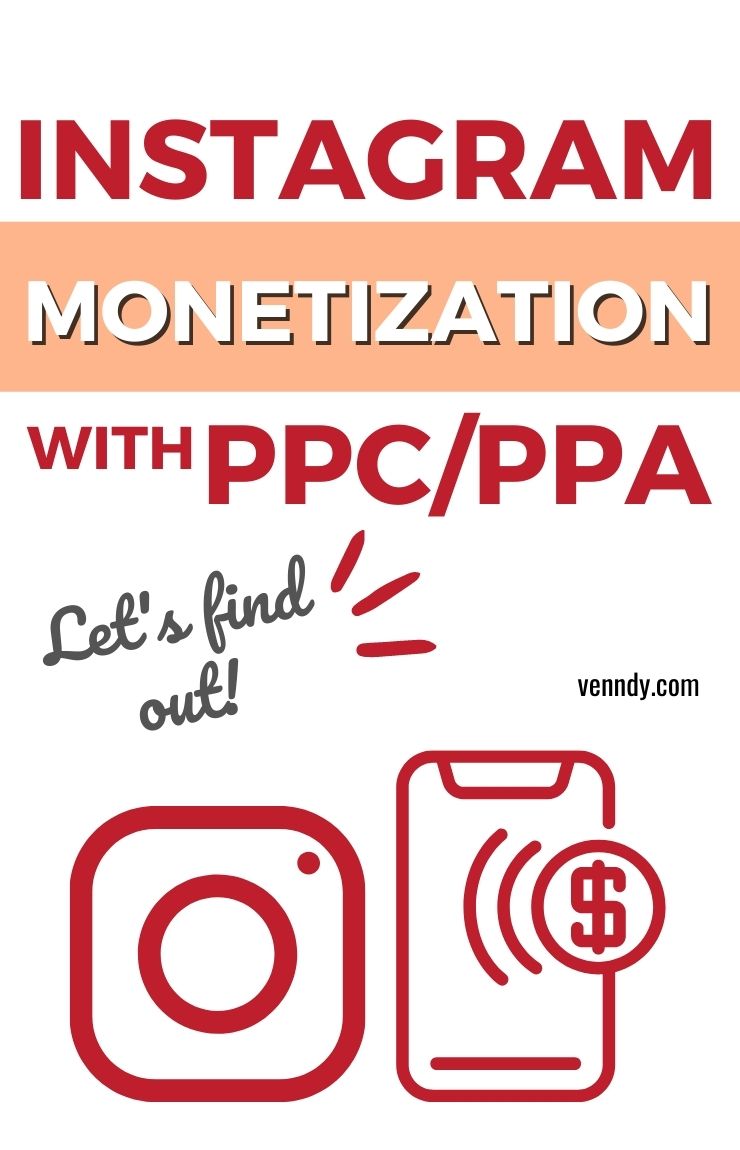
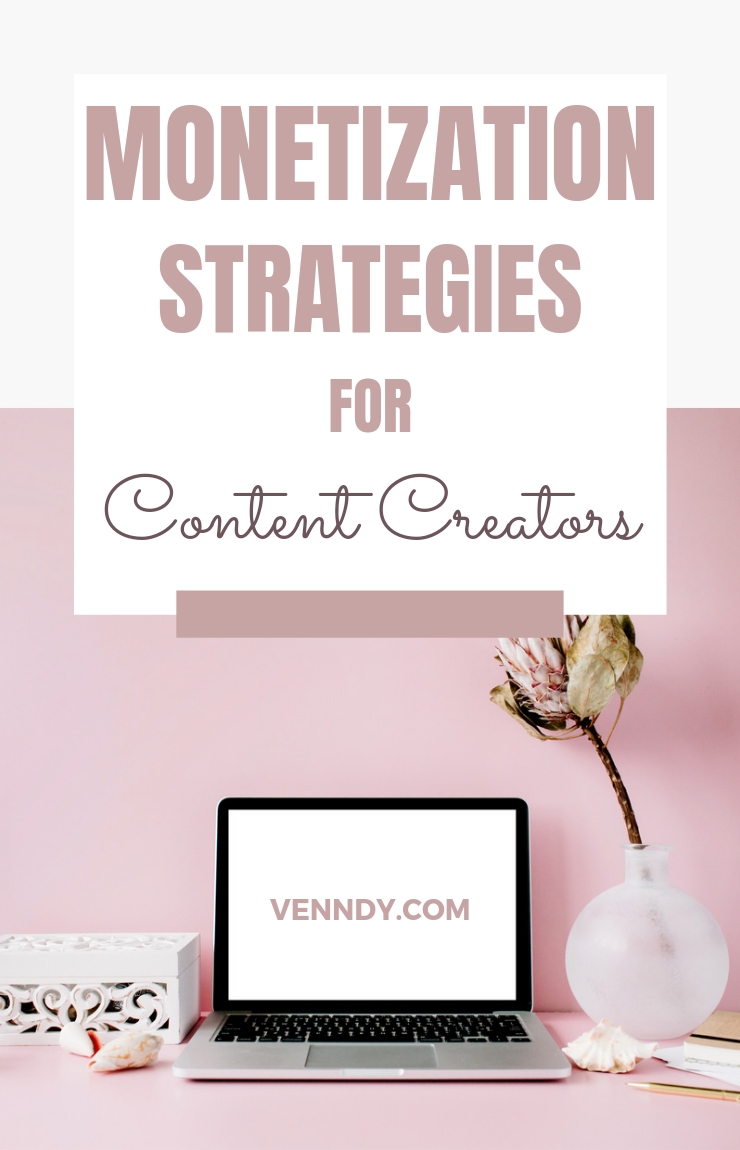
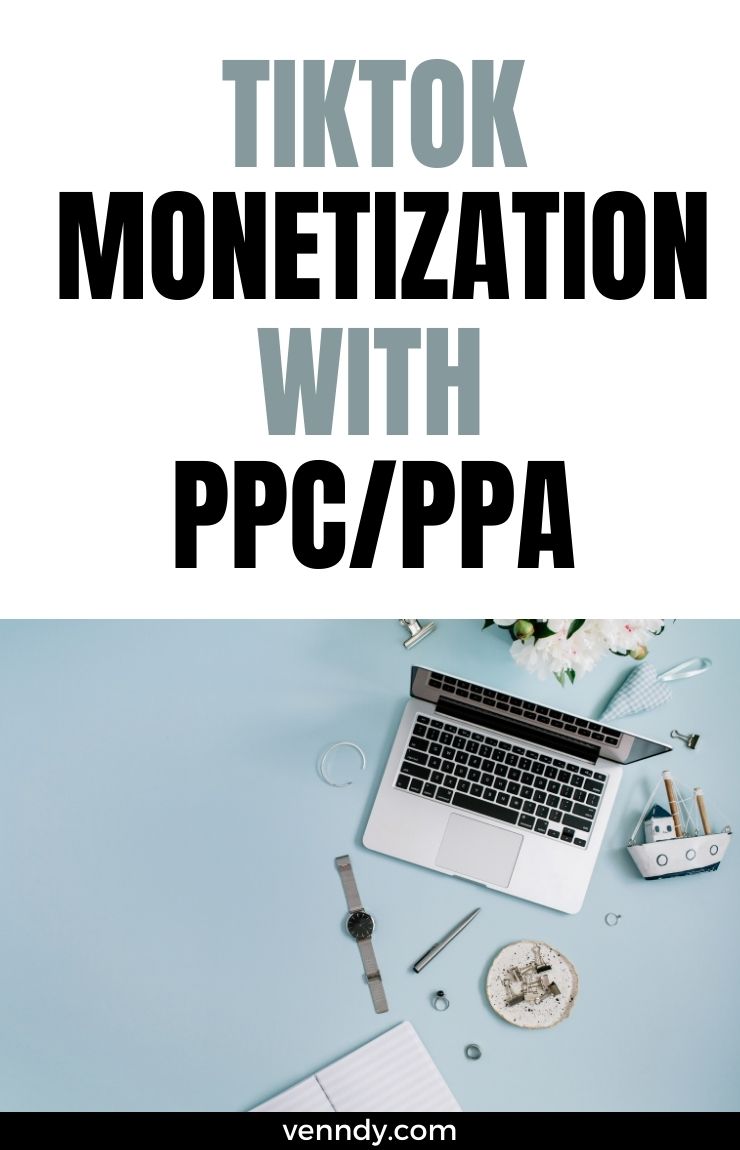



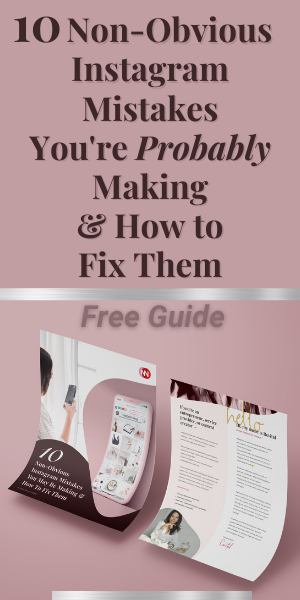
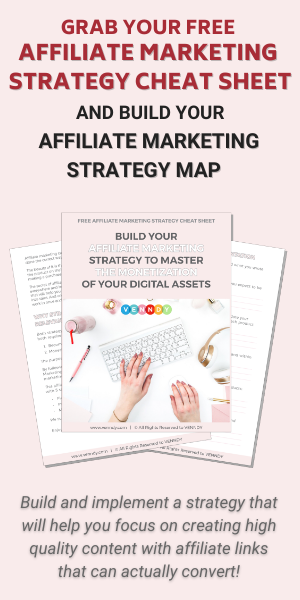

You can choose to comment as a guest.